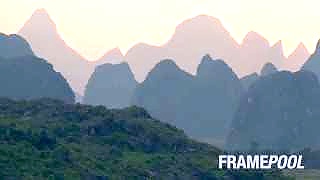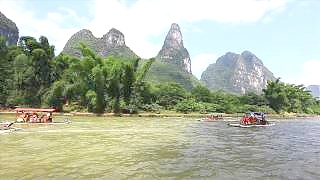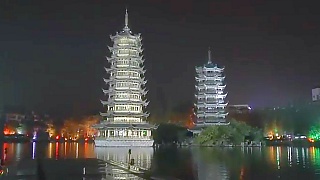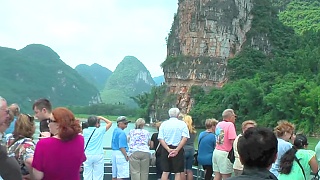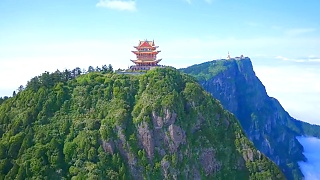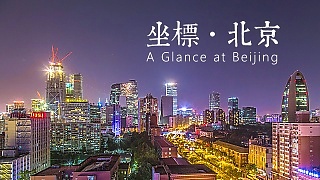NanNing is the capital city of GuangXi province in south China.
It is known as the 'green city' due to its abundance of semi-tropical vegetation.
[640],shadow=true,start=8,stop=
Nanning, the capital of the Guangxi Zhuang Autonomous Region in southern China, offers visitors a rich tapestry of cultural, natural, and culinary experiences. Here's what you need to know:
Green City: Nanning is often referred to as the 'Green City' due to its abundance of lush greenery, parks, and gardens. One of the most famous parks is the People's Park, where you can enjoy leisurely walks, boat rides on the lake, and observe locals practicing tai chi or playing traditional musical instruments.
Ethnic Diversity: Guangxi is home to numerous ethnic minorities, and Nanning reflects this diversity. The Guangxi Museum offers insights into the region's rich cultural heritage, including exhibitions on the Zhuang, Miao, Dong, and other minority groups.
Detian Waterfall: While not directly in Nanning, Detian Waterfall, located about 3-4 hours away by car, is a must-see attraction for nature lovers. It is one of the largest transnational waterfalls in Asia, shared between China and Vietnam, and offers breathtaking views amidst a picturesque landscape.
Local Cuisine: Nanning is renowned for its diverse culinary scene, influenced by both Han Chinese and minority cuisines. Don't miss trying local specialties such as Luosifen (a spicy rice noodle soup), sour fish soup, and various grilled skewers from street vendors.
Bama Longevity Village: Another attraction not far from Nanning is Bama Longevity Village, known for its high percentage of centenarians. Visitors can explore the village, learn about the lifestyle and diet of its residents, and perhaps gain insights into longevity.
Shopping: Nanning offers a variety of shopping experiences, from modern malls to traditional markets. Zhongshan Road is a bustling pedestrian street lined with shops, restaurants, and entertainment venues, ideal for souvenir hunting or simply soaking up the local atmosphere.
Transportation Hub: As a major transportation hub in southern China, Nanning is well-connected by air, rail, and road. Nanning Wuxu International Airport serves both domestic and international flights, making it convenient for travelers to access the city.
Folk Customs: Throughout the year, Nanning hosts various festivals and events showcasing its rich folk customs and traditions. The Nanning International Folk Song Arts Festival and the Zhuang Sisters' Meal Festival are among the most notable celebrations.
Overall, Nanning offers a blend of cultural immersion, natural beauty, and gastronomic delights, making it a compelling destination for visitors seeking an authentic experience in southern China.

 This is NanNing 南宁
This is NanNing 南宁


